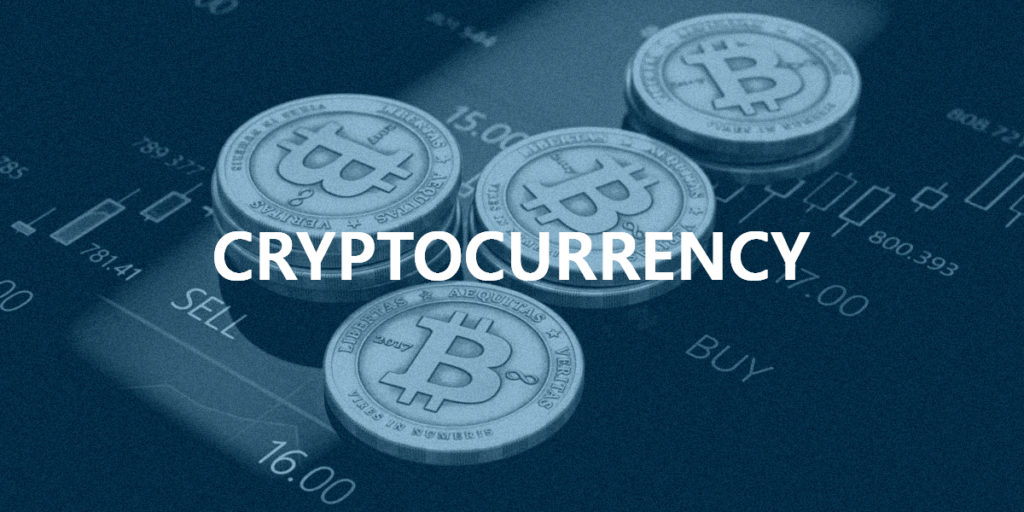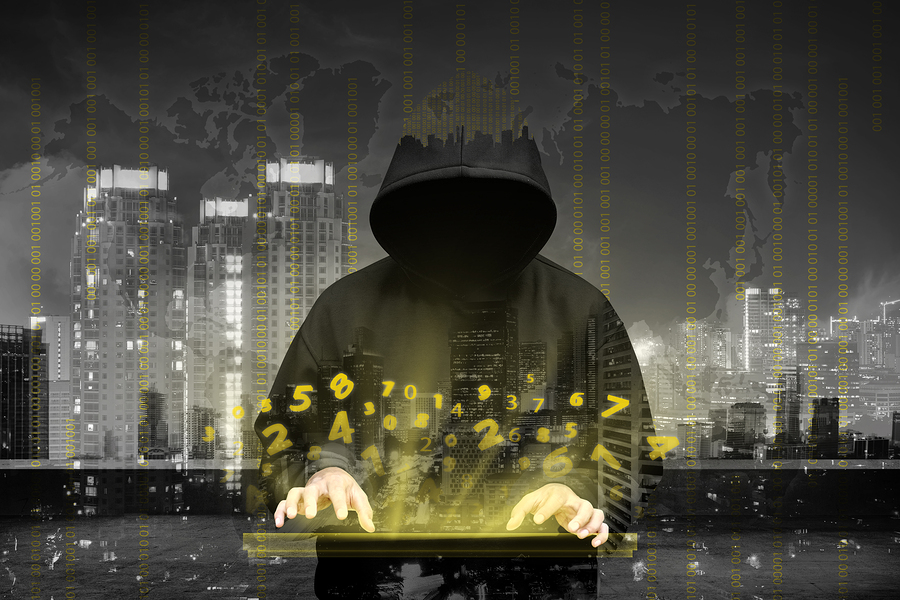: It can be used to buy or sell items from people and companies that accept bitcoin as payment, but it differs in several key ways from traditional currencies.
Companies like Subway , PayPal , Shopify , Microsoft will accept Bitcoins .
4. Block Chain is the technology that enables moving digital currency or assets from One place/individual to another .
5. Who invented Bitcoin ?
Bitcoin was invented by an unknown person or group of people using the name Satoshi Nakamoto and released as open-source software in 2009.
- Read the original article of Satoshi Nakamoto about Bitcoin from here
- Developer Documentation from here
6. Bitcoin has a maximum 21 million limit: The total number of Bitcoins that will be issued is capped at 21 million. The Bitcoin “mining”3 process presently creates 25 Bitcoins in every 10 minutes (the number created will be halved every four years), so that limit will not be reached until the year 2140.
7. Bitcoin Coversion : 1 Bitcoin = 474592.23 /- (Indian Rupee)
8. Accounting for the Bitcoin : For accountability , peer to peer network & Block Chain Technology is useful .
- P2P Stands for "Peer to Peer." In a P2P network, the "peers" are computer systems which are connected to each other via the Internet. Files can be shared directly between systems on the network without the need of a central server. In other words, each computer on a P2P network becomes a file server as well as a client.
- Blockchain is just this. It’s a web of connected machines (in many cases known as miners) that make up the network itself. These miners communicate with each other to accept transactions from individuals outside of the network and add new blocks to the chain.
9. Blocks : Bitcoin are mined in units called "blocks.
10. Bitcoin Mining : Bitcoin mining is the process of adding transaction records to Bitcoin's public ledger of past transactions or blockchain. This ledger of past transactions is called the block chain as it is a chain of blocks. The block chain serves to confirm transactions to the rest of the network as having taken place.
- Bitcoin Miners created a Block and add it to the Block Chain is called Bitcoin Mining .
- Bitcoin Miners verify Bitcoin Transactions and thus get transaction fees & Block Reward in the form of Bitcoin .
11. How are Bitcoin miners paid? : Every time a miner unlocks a bitcoin block, vis-a-vis mining, all the transactions on that block are processed. The miner, in return for his hard work, is rewarded with 12.5 bitcoins for unlocking the block. They also get to keep the transaction feesbitcoin holders pay when they transact with the cryptocurrency.
12. How many blocks are in a Bitcoin? : The number of Bitcoins generated per block starts at 50 and is halved every 210,000 blocks (about four years). Bitcoin transactions are broadcast to the network by the sender, and all peers trying to solve blocks collect the transaction records and add them to the block they are working to solve.
13. How long does it take to mine a Bitcoin? : At current difficulty, if you mine in a pool, you will probably mine about 0.00001406 BTC per week. That means, if difficulty doesn't increase at all, it will take about 71123 weeks (about 1367 years) to mine 1 BTC. Of course difficulty will almost certainly increase during that time.
14. How many Bitcoins are left? :There are 21 million Bitcoins total of which almost 17 million are in circulation.There are a little over 4 million bitcoins left that are not in circulation yet. Once miners have unlocked this many Bitcoins, the planet's supply will essentially be tapped out, unless Bitcoin's protocol is changed to allow for a larger supply.The Bitcoin source code determines how many bitcoins are left.




